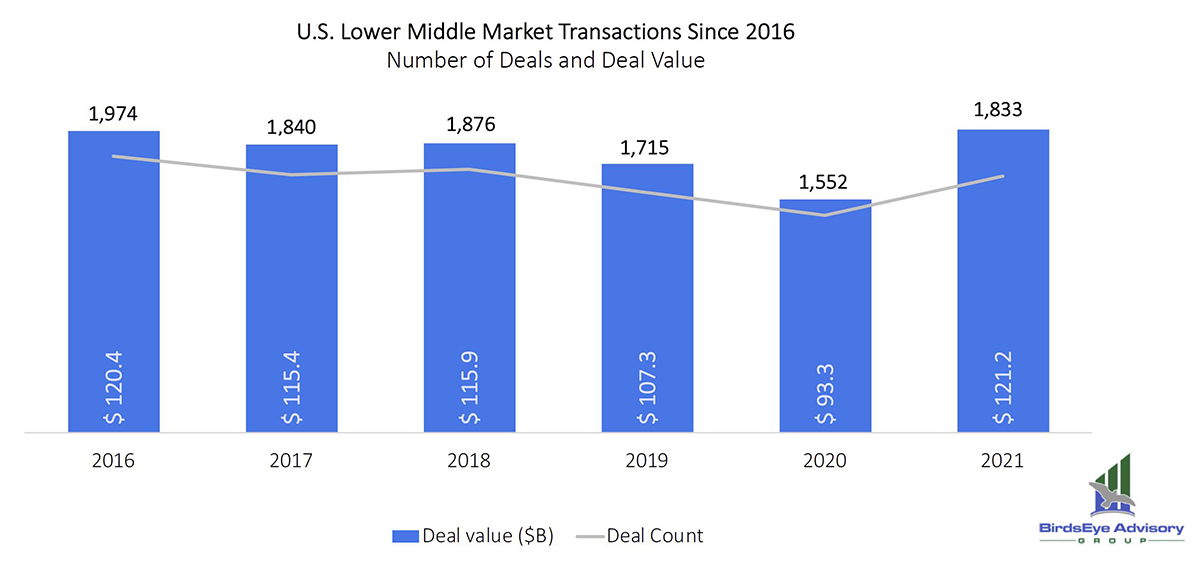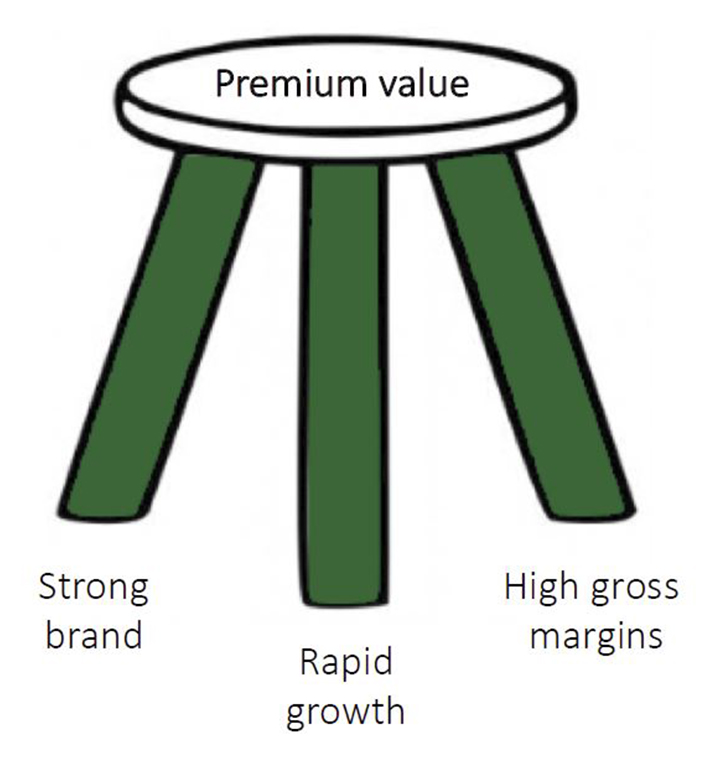KANSAS CITY, MO. — The pet industry proved itself to be recession resistant in 2020, and has continued to grow amid various supply chain challenges and shifting consumer purchasing trends seen over the last two years. Private equity firms are eager to mark their territory in this lucrative market, and established pet industry players are recognizing the value in diversifying their portfolios through mergers and acquisitions.
“If you're declining in this industry, there's something really wrong,” said Carol Frank, managing director of BirdsEye Advisory Group.
BirdsEye Advisory Group is an investment bank focused solely on advising companies in the pet industry. Along with facilitating M&A transactions, the firm also provides exit planning for pet care companies. For example, BirdsEye Advisory Group managed the recent sale of Bocce’s Bakery to Alpine Investors in December 2021, as well as the sale of Grizzly Pet Products to Whitebridge Pet Brands in March 2021.
Following her presentation at the Alltech ONE conference in May, Pet Food Processing spoke with Frank to dive deeper into the trends fueling mergers and acquisitions for pet food, treat and supplement companies.
A seller’s market
According to Frank, more than 1,800 lower- and middle-market transactions were made in 2021, accounting for acquisition deals valued between $5 million and $250 million. The collective dollar value of these transactions topped $121.2 billion.

“We have seen the demand for pet companies just continue to grow,” Frank said. “I've been doing this for 13 years, and I would say that it is at its height right now. In particular, interest in consumables — pet food, treats and supplements — is driving a significant increase in valuations that I've seen over the last few years, in terms of the multiples.”
A basic understanding of supply and demand explains the premium valuation of pet products in today’s market. Demand has risen, as many modern pet owners look to provide the very best for their pets, while supply chain disruptions and operational constraints impact supply, ultimately driving prices up. This not only drives up the price of products, but also the valuation of pet industry companies. As Frank noted, it is currently a seller’s market.
Pet industry sales set the bar higher than ever in 2021 at $123.6 billion, with pet food and treats accounting for $50 billion, or 40% of total industry sales. In 2020, as the United States faced continued uncertainty spurred by the COVID-19 pandemic, the American Pet Products Association (APPA) estimated a 6% year-over-year sales increase for the pet industry. Actual sales in 2021 eclipsed this projection, up 13.5% year-over-year.
With 70% of the United States population estimated to own at least one pet, and younger generations of Millennials and Gen Z pet owners driving the humanization of pets and the premiumization of nutrition and care, demand for this resilient market shows no signs of slowing.
Best foot forward
There are two main categories for those looking to acquire pet industry companies: strategic buyers and financial buyers.
According to Frank, strategic buyers are looking to purchase a company with synergistic products, brands and capabilities that will bolster their business. They look for high gross margins, access into new channels or product categories, cost savings opportunities, and key personnel to fuel continued growth. Strategic buyers are typically on the higher end of the value spectrum because they are looking for collaborative growth opportunities that will be mutually beneficial for both brands in the long term.
Financial buyers are first and foremost looking for a return on their investment. These are individuals or private equity firms who buy and sell companies to fund future investments. Financial buyers typically look for a strong EBITDA (Earnings Before Interest, Taxes, Depreciation and Amortization) and cash flow, and the ability to at least double their investment within three to seven years.
Frank noted valuations for pet consumables tend to be greater than durable pet products, especially when the brand is offering a highly differentiated product. But what makes a pet food, treat and supplement brand so attractive to buyers?
“If you have significant opportunities for growth and there's a realistic plan to execute them, that's going to drive a premium valuation,” Frank said.
There are three key attributes of an attractive pet brand, according to Frank — strong branding, rapid growth and high gross margins. Combined, they demonstrate premium value for a buyer. Companies with a well-recognized brand, a gross margin of at least 40%, and double-digit revenue growth over at least three years will attract the highest bids.
 Source: BirdsEye Advisory Group
Source: BirdsEye Advisory Group
“You want to be able to show a buyer that you're making enough on your product to cover all of your overhead and then have some profits,” Frank said. “The better your gross margin, the better your valuation is going to be, because at the end of the day the buyers are paying for future opportunities to make money.”
Intellectual property can also contribute to a premium valuation. This includes patents, trademarks and otherwise proprietary processes and technologies that differentiate a company.
“I cannot say how important and unique — and unfortunately rare — innovation is these days in our industry,” Frank said. “So, if you have an innovative product… especially if you have some intellectual property around it, that is really going to drive valuation.”
Additionally, if a business is generating more than $2 million in EBIDTA, they are more likely to command a higher multiple.
It’s also crucial that a company’s customer base is not concentrated, meaning a single customer does not account for the majority of sales. Customer concentration is considered risky to a buyer; Frank noted the general rule of thumb for customer concentration is no one customer should make up more than 20% of a company’s total revenue.
“The more recognizable and the stickier a brand is, the higher the valuation,” Frank said. “Repeat business and loyal customers also drive valuations.”
It’s important for companies to be prepared and honest when seeking to be acquired. Having unrealistic expectations, being secretive or withholding bad news, and partnering with the wrong advisor can all be “deal killers.”
Having a trusted advisor can go a long way. For example, BirdsEye Advisory Group’s exit planning services can help companies identify whether a sale is feasible, and how to prepare a company for an acquisition.
Frank noted having documentation and keeping it organized, maintaining up-to-date manuals, systems reports and company financials, and locking down any contractual obligations can all help reduce risk to a prospective buyer and streamline the transaction. Additionally, having a clear succession plan for company leadership and fortifying the management team with experts will make a company more attractive.
"If you have significant opportunities for growth and there's a realistic plan to execute them, that's going to drive a premium valuation,” said Carol Frank, managing director of BirdsEye Advisory Group.
Lastly, it’s crucial that a company hits its projected growth targets once a transaction is initiated. If a business undergoes a significant shift in revenue or profit after the letter of intent has been signed, a buyer has ample reason to reconsider the deal.
“The more you can innovate and have plans for new products and new growth opportunities, the more appealing you're going to be to a buyer,” Frank said.
Despite the multitude of challenges facing today’s pet food and treat industry, one thing is for certain: demand will continue to grow, and processors who are able to successfully scale their business will be poised to reap the rewards.
“There are a lot of supply chain and labor issues right now that are tamping down companies’ growth,” Frank concluded. “I don't know that there's going to be a big acceleration of M&A, just because of the environment we're in — with higher interest rate issues, with supply chain issues, with labor. But I still see the pet industry continuing to be extremely attractive for buyers, forever. Pet owners aren’t going to all of a sudden decide they don’t want to take care of their pets.”
Read more about corporate strategy, financial performance, mergers and acquisitions on our Business page.





